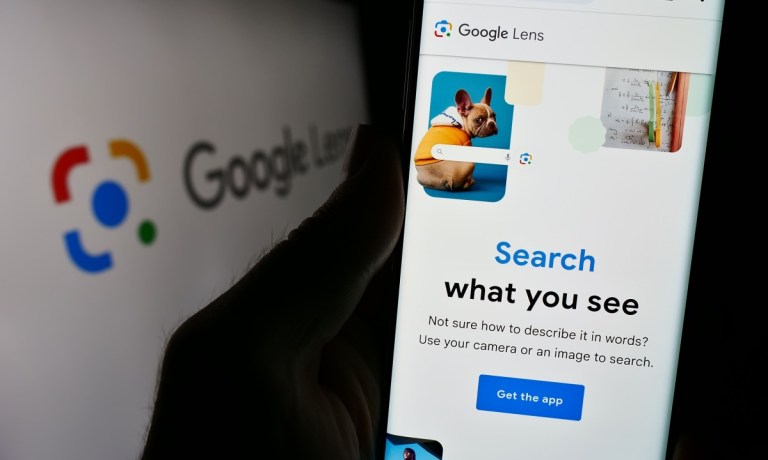The shift toward camera-based search marks one of the most significant changes to how people seek information online since the invention of the search box, though questions remain about accuracy and whether users will embrace the new behavior.
“AI-powered visual search is a step forward in eCommerce, making it easier for shoppers to browse and discover new products, but it’s more of a browsing tool than a conversion driver at this stage,” Joe Kwong, head of business development at Agora, told PYMNTS.
“While AI visual search can certainly encourage exploration, it hasn’t yet proven to be the main catalyst for sales. Right now, influencer videos and live shopping experiences are far more effective in turning interest into purchases because they create a sense of connection and urgency that shoppers respond to.
“Visual search tools can help customers both find products from their favorite brands faster, and also introduce them to new ones they might not have otherwise considered. It opens the door to broader discovery but still respects individual shopping habits.”
In an interview last year with PYMNTS, Poshmark founder and CEO Manish Chandra revealed the company’s Posh Lens tool. The tool lets shoppers search for secondhand fashion items by simply uploading photos, addressing a common frustration where consumers spot items they like but need help finding online.
Advertisement: Scroll to Continue
A Better Lens?
Google’s visual search tool, Lens, now processes nearly 20 billion searches monthly, with shopping queries accounting for 20% of use. The tech giant is expanding its AI-powered visual search capabilities, rolling out new features that instantly display product details, prices, and purchasing options when users photograph items.
The expansion allows shoppers to combine text and images to refine searches, which is particularly popular for fashion and furniture. A feature called Circle to Search enables users to shop for items they see in videos or social media without switching apps. The update rolled out across Android and iOS devices, initially focuses on popular holiday shopping categories like toys, electronics and beauty.
Greg Zakowicz, senior eCommerce expert at Omnisend, told PYMNTS that AI-powered product searches can help shoppers more quickly identify the exact products they seek.
“If done well, AI search can display relevant results and predictive product suggestions,” he added. “For example, AI search results will be able to combine personal search history, purchase history, trending products and styles, and similar information from other look-alike shoppers to provide more personalized results. This should help increase search sales, add-on sales, and increase new product and brand discovery.”
Context Is Key
To take advantage of visual search, manufacturers and retailers need to consider how to present their product images in ways that are visually appealing to prospective consumers and recognizable to AI, Anthony Miyazaki, a professor of marketing at Florida International University, told PYMNTS.
He said that social media and search algorithms are already designed to provide us with results that we are likely to prefer based on our prior viewing and purchase behavior, as well as contextual factors such as the reactions of others who searched for or viewed the same content.
“A great example of this is Amazon’s suggestions based on related products, prior purchases, and what others have purchased,” he added. “When we search for a generic target such as running shoes, the search results provide us with a great deal of variety and force us to continually narrow down our decisions until we reach a desired item. AI image searches will provide consumers with the exact item, down to the brand, model, style and color scheme. At this point, it is less likely that consumers will continue to search if the initial image was of their preferred target item.”




